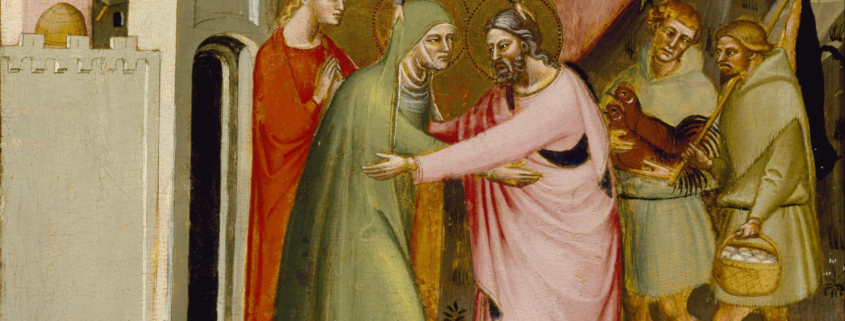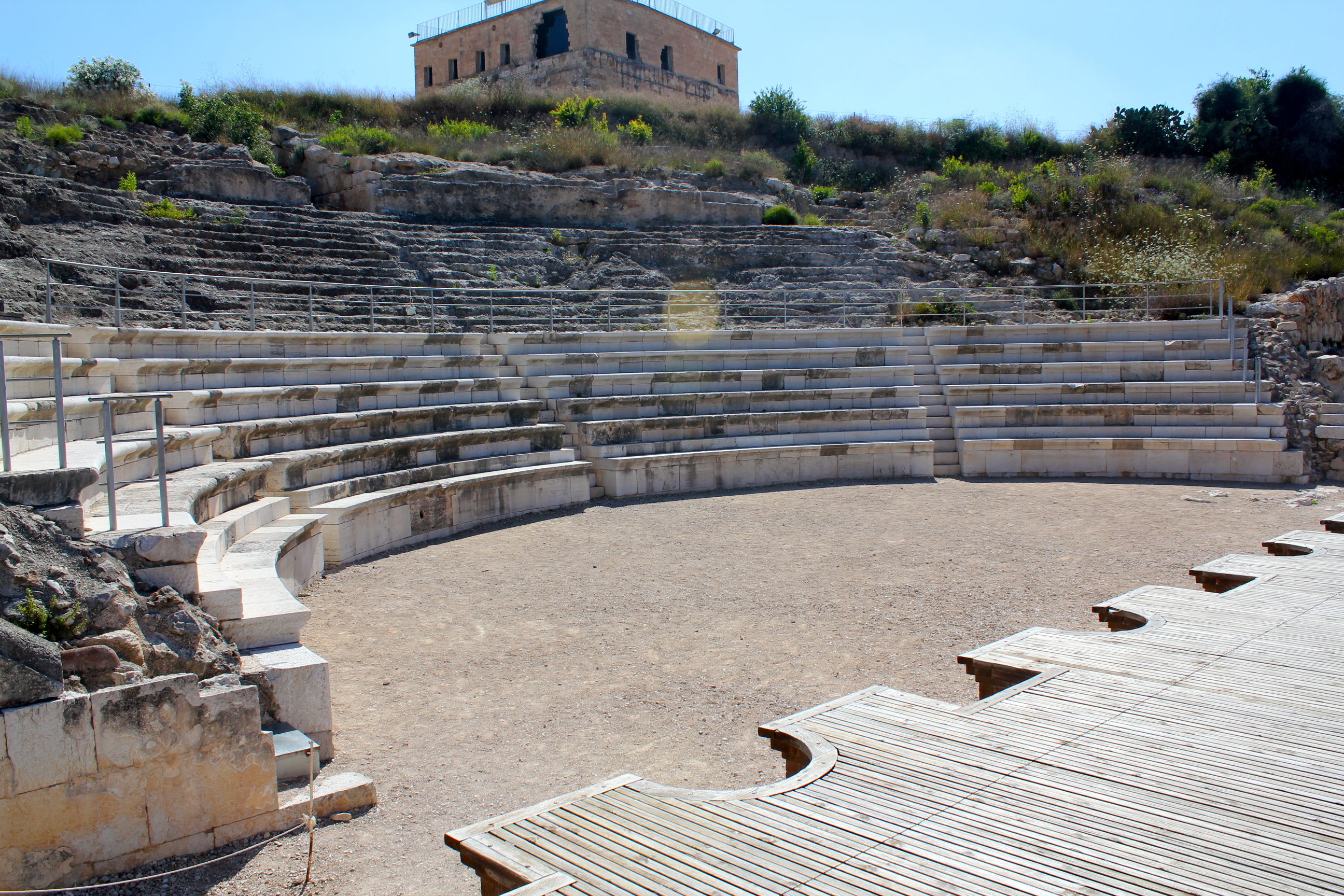We live in an age that is somewhat obsessed with genealogies. Various companies like Ancestry.com and 23andMe offer you the chance to mail in a sample of your DNA for an opportunity to discover more about your family tree, or where your ancestors came from (although giving one’s genetic info to a private firm amy not be the greatest of ideas). Hey, inquiring minds wanna know.
All of this is is really an attempt to answer fundamental questions of the human experience: Who am I? Where do I come from? No matter what the answers to those questions are from a physical/historical point of view, ultimately we all came from God (who created all things and gave us all an immortal soul at the moment of conception), and are going to God (provided we pass from this world in a state of Grace — that is, in God’s friendship).
And that’s where the modern ancestry craze meets the Bible, which is filled with genealogies. When reading them, like the genealogy of Jesus contained in Matthew 1, for example, one can at times feel like one is reading a phone book (remember those?). But biblical family trees are important, especially when it comes to that of Jesus. They remind us that God works through very imperfect people (just like you and me), living in a very imperfect world, to bring about his designs.
Today is the Feast day of Ss. Joachim and Anne, the parents of the Blessed Virgin Mary. As such they are important members of Jesus’ family tree, according to the flesh. We know their names only through extrabiblical traditions and documents such as the noncanonical Protoevangelium of James, which may — or may not — give us any real, historical information about Mary’s early life. That’s another post for another day. Such traditions say that they resided in Sepphoris, which was near Nazareth.
I think one of the main takeaways of today’s feast is that Joachim and Anne belong to the so-called “hidden life” of Jesus. Jesus lived an ordinary life for the vast majority of his life on Earth prior to his public ministry, and there’s certainly a message there for us. Jesus sanctified his everyday work, worship, and family activities, and that included his relationship with his grandparents. As Fr. Steve Grunow writes in the Word on Fire blog:
Their role in Christ’s life? We can only guess. What we do know is that Christ must have had grandparents, and if the role that most grandparents play in our lives is any indication, their impact on him was likely quite profound.
Perhaps they were part of a nexus of relatives that nurtured him and helped him to negotiate and understand the world. Did he help his grandfather up from his bed and lead him to sit in the cool shade of a tree? Did he soothe his grandmother’s gnarled and calloused hands? Did he beg from them stories about the old days or for tales about his mother when she was just a little girl? Maybe their deaths were the first deaths that touched him deeply. Was it in their aged faces that he saw how brief, fragile, and wonderful life in this world really is? Did he ask of them their thoughts about God? Did they know his secret?
I am often taken by how quickly the mystery of the Incarnation can be emptied of its true content and dulled in its impact. As children, the tale of Christ’s Holy Birth can hold us enrapt at attention. But since it is a story that we identify as familiar, it can wrongly be thought of as just one more of many seasonal tales. This perception on our part is a grave mistake because the Incarnation is not just a story, it is the story — a story that describes the most surprising and uncanny event that has ever or will ever happen. God accepted for himself a human nature and lived a real human life. This means that he accepted, not just a human nature in the abstract, but as it is embedded in the real circumstances of this world. God chose a family for himself. He submitted himself to having to learn about life in the context of a particular culture at a particular time and place. Because the human nature he chose was real, God in Christ called two people his grandmother and grandfather…
This is a great day to pray for our own grandparents, and for their repose if they have passed into eternity. I’m always amazed by how many people I meet who say that it was a grandmother or grandfather who introduced them to a living relationship with Jesus Christ. And if you’re a grandparent yourself, don’t underestimate the spiritual impact you can have on those around you.
Saints Joachim and Anne, pray for us.



